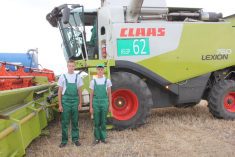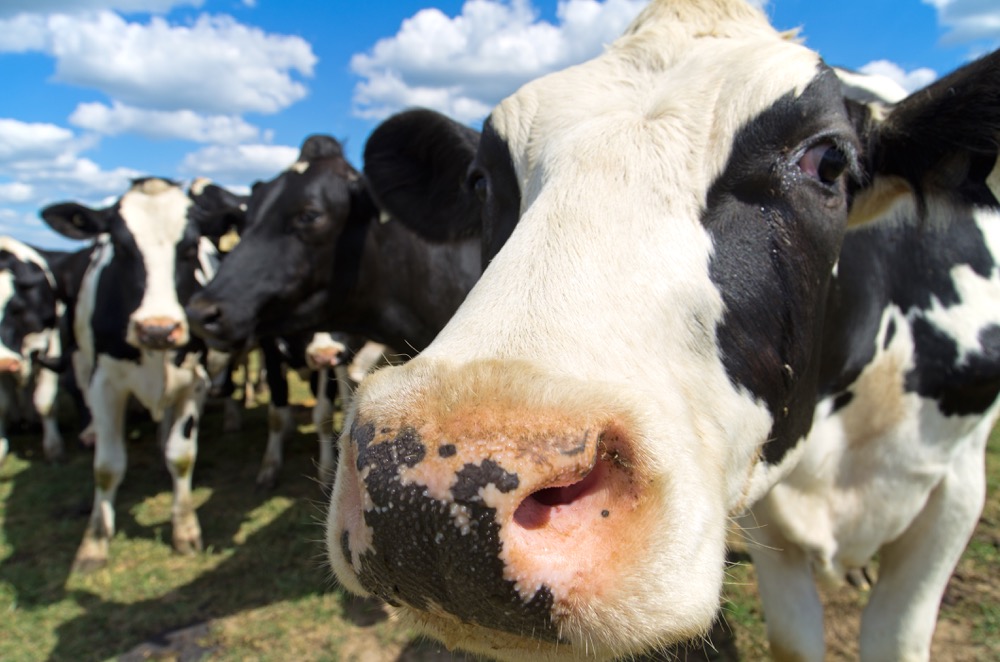Rural communities across Canada are striving to maintain their schools, businesses and labour force.
Often, the lack of services, slow broadband, isolation and a narrow spectrum of jobs that provide a living wage contribute to an exit of the young population to major centres.
In several provinces, the disbanding or complete elimination of extension services in agriculture also contributed to this attrition. When the extension office was gone, the hub was missing in the wheel of the exchange of agricultural information and services.
Read Also

Guarding against misinformation: Do you believe in house hippos?
Misinformation and disinformation run rampant in today’s digital age. Farmers must be wary of the digital dangers and know how to keep themselves safe.
Today, much of the information on the farm comes from service providers. To be fair, these are often folks from the community too, but this can create information bias and restrict much of the interaction and debate needed for creative thought.
It is when we get together that the sparks of humanity fly and the imagination gets bold. We simply cannot get that ignition from the web or a telephone call. This is likely why field days are so well attended as groups of like-minded people can share ideas and challenge each other.
Is there a benefit to bringing extension services back to the rural landscape?
- More with Brenda Schoepp: It’s time to dispel a key myth about cattle and greenhouse gases
The idea of a community is to build resilience at the core so that the members can collectively survive the turbulent social and economic waves that strike us all. Community is to our soul as food is to our body — it nourishes, supports and strengthens us.
It is not just a hall on the side of the road and a few potluck dinners. It is a chosen family.
Bringing back agricultural extension allows for those who live in the area to have continuity in contacts and information.
Think about a current issue such as climate change. There are a multitude of federal programs to assist farmers — each with a different purpose and application process. The climate goals, however, are driven from the federal minister of environment and climate change. We may not envision electric tractors with 500 hp under the hood — but someone else does and the mandates are reflective of making that happen in the next 7.5 years. But we are more than seven years away from replacing the energy density of a hard-pulling diesel with electric (and it’s pretty hard to recharge in the field). Having someone to interpret this information and find relevant resources and present options is important as most farmers do not have the time.
When there is a problem, the community can collectively solve it and bring in outside support contacts that the hub can maintain. It is critical that the solutions be created by those who live the problem and be supported by those who can empathize with the region and its people.
In the absence of extension, some communities have found or formed their own pathways to keeping agriculture at the core. An example is Altario in eastern Alberta, where the local school is the agricultural hub as the K-12 children operate the student-led farm. The school offers the community an agricultural residency to share knowledge. Raising food and selling it teaches hardcore business skills that are needed in the future farms and businesses these children will own. And likely, they will establish near home base.
The centralization of resources specific to a community ensures the message is targeted for that climate, culture and location. It is tough to have an economic plan that is based solely on diverse voices. The diverse voices are necessary but the point of intersectionality can be left mute. Progress will not happen without a framework and a system to bring it all together.
The agricultural hub of tomorrow may not look like the extension office of yesterday.
The new one might include virtual training, a kitchen for creating food products, a climate simulator, a digital lab and a teaching garden. It might include Zoom rooms, classrooms, a playroom and a field of dreams where seeds are planted and ideas grow. The hub could co-ordinate and promote many of the ag activities in the area and work with exhibition boards, educational facilities, service boards, regional boards, service providers and a host of other collaborators.
A place of gathering to grow is not just about creating economic value for the area — it is about feeling valued as a member of the community and as a stakeholder in agriculture. Ripping away extension was emotionally draining for both extension people and the farming community.
Not every person wants to move away. What they want is choice. They want to have a voice in community-led decisions and in shaping their future. And they need to know there are resources available to them.
The extension office was that kind of resource — a central place of gathering and of sharing ideas and solutions that were specific to that area. The reinstatement or creation of national agricultural hubs where there is cross-ministry information and guidance, exposure to the latest in technology and science, and a welcoming cup of coffee is needed. For it is in agriculture that we build prosperous, enduring and resilient communities and nurture a culture of care.
















